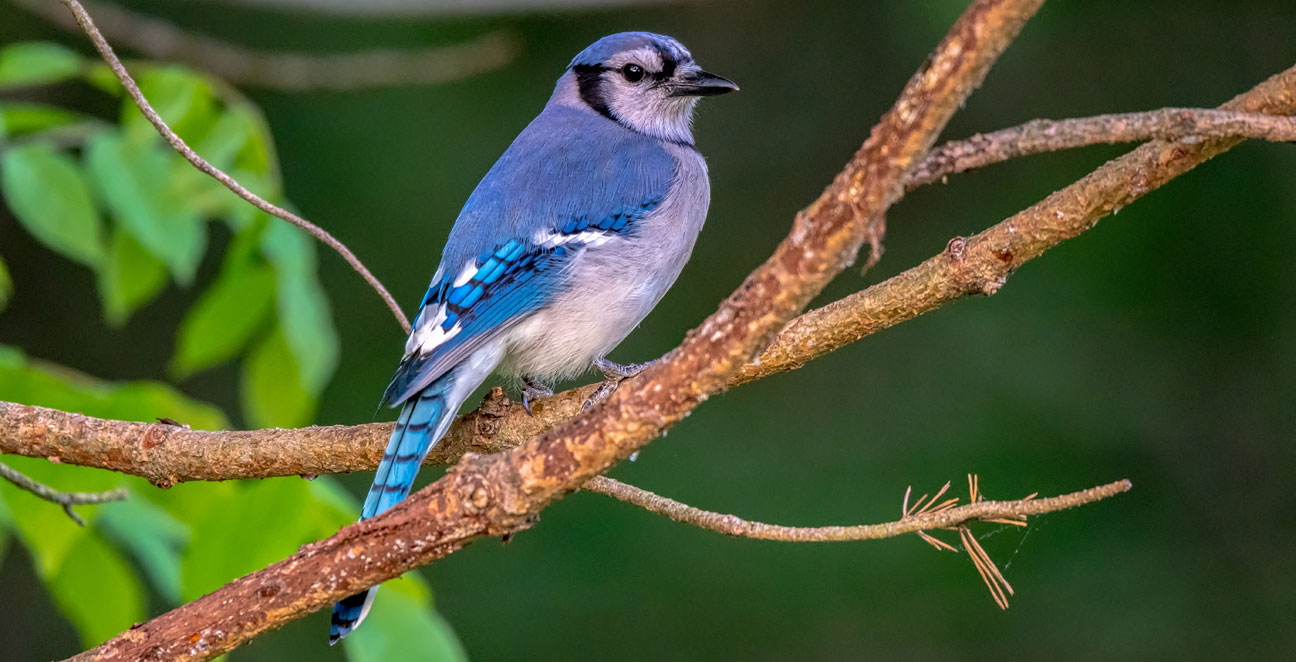
Black Vulture
Scientific Name:
Coragyps atratus
Length:
23.6-26.8 in (60-68 cm)
Weight:
56.4-77.6 oz (1600-2200 g)
Wingspan:
53.9-59.1 in (137-150 cm)
Nest:
They typically nest and roost in wooded areas and soar above open areas to seek their food. Building on ground in thicket, inside hollow log, in large tree cavity up to several feet above ground, or in cave; sometimes in abandoned building.
Eggs:
2, rarely 1 or 3. Pale gray-green, blotched with brown. Usually one egg of clutch more heavily marked than the other. Incubation is by both sexes, typically 37-41 days.
Feeding Behavior:
Feeds on carcasses of dead animals of all sizes. At times also eats eggs of other birds, turtles, lizards. May kill and eat young of some birds, sea turtles; sometimes eats newborn young of larger mammals.
Young:
Both parents feed young, by regurgitation. Young remain in nest about 60 days, then may move to higher areas nearby; capable of flight at about 75-80 days. May be partly dependent on parents for several more months.
Range:
Some migrate in winter from northern part of range, and strays may wander north of breeding range at any season, especially late summer. Forages over open country, but typically roosts and nests in forest, so is scarce in open plains.
Brief Description:
The tail is very short and rounded. They have small, bare heads and narrow but strongly hooked bills.Slightly smaller than a Turkey Vulture; slightly larger than a Red-tailed Hawk. They are uniform black except for white patches or “stars” on the underside of their wingtips (this can be hard to see in strong light or from far away). The bare skin of the head is black.